Mixing your own paint colors
Debbie Downer
17 years ago
Featured Answer
Sort by:Oldest
Comments (16)
Faron79
17 years agolast modified: 9 years agoDebbie Downer
17 years agolast modified: 9 years agoRelated Professionals
Columbus Painters · Missouri City Painters · Monsey Painters · Montclair Painters · Richmond Painters · The Villages Painters · Tustin Painters · Forestdale Painters · Hopkinsville Cabinets & Cabinetry · Saugus Cabinets & Cabinetry · Bloomington Flooring Contractors · Lakewood Flooring Contractors · Limerick Flooring Contractors · Scottsboro Flooring Contractors · Wyoming Flooring Contractorshousekeeping
17 years agolast modified: 9 years agoDebbie Downer
17 years agolast modified: 9 years agoblossom1022
17 years agolast modified: 9 years agohousekeeping
17 years agolast modified: 9 years agoDebbie Downer
17 years agolast modified: 9 years agoamysrq
16 years agolast modified: 9 years agomayholmes
16 years agolast modified: 9 years agokatie_cr
16 years agolast modified: 9 years agoArtistUnbound
9 years agolast modified: 9 years agocoll_123
9 years agolast modified: 9 years agoDebbie Downer
9 years agoDebbie Downer
9 years agojudib4cats
6 years ago
Related Stories
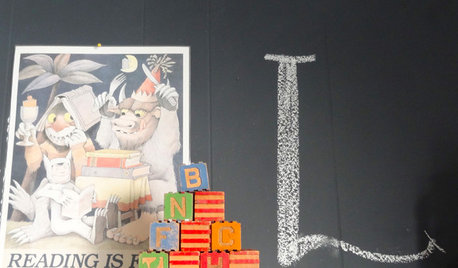
DECORATING GUIDESDIY: Make Your Own Chalkboard Paint
3 simple steps to chalk it up in any color anywhere for cheap
Full Story
KITCHEN CABINETSKitchen Confidential: 7 Ways to Mix and Match Cabinet Colors
Can't decide on a specific color or stain for your kitchen cabinets? You don't have to choose just one
Full Story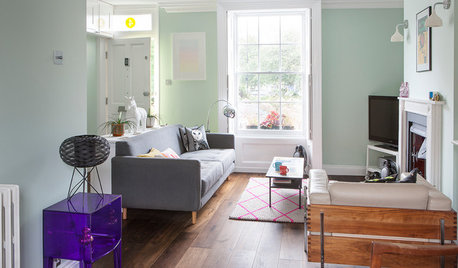
ECLECTIC HOMESHouzz Tour: High-Low Mix in a Colorful Victorian
An unloved house is transformed into a cheerful, versatile home with a blend of design classics, budget pieces and treasured finds
Full Story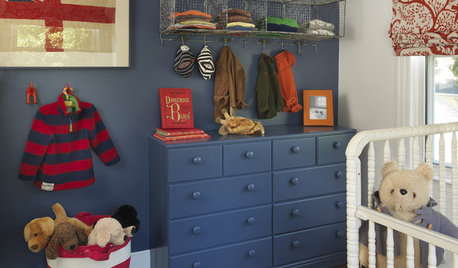
KIDS’ SPACESA Place of His Own: Boy's First Bedroom
Colorful, creative, themed or not, boys' bedrooms like these encourage happy times
Full Story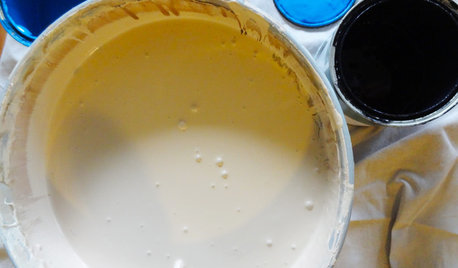
DIY PROJECTSTint Your Own Paint for New-Looking Walls
Dabbling in mixology means you can use up leftover paint and give your walls a custom look in one fell swoop
Full Story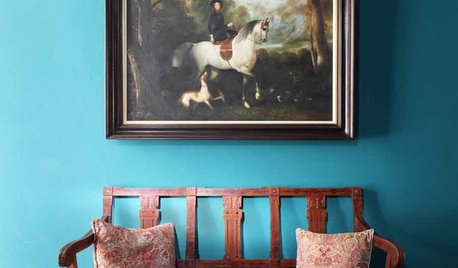
ECLECTIC HOMESHouzz Tour: Styles and Eras Mix in a Former Stable Block
Modern touches balance bountiful antiques in a beautifully eclectic home that housed horses in the 1700s
Full Story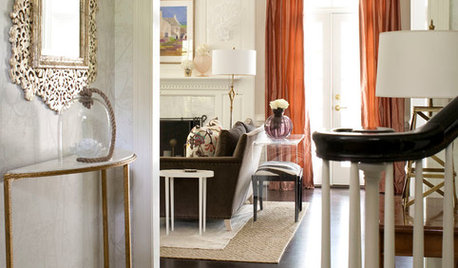
DECORATING GUIDESRoom of the Day: A Fresh Mix in a Traditional Colonial
A designer combines rich colors and fabrics with lighter pieces in a living room that's the heart of a North Carolina home
Full Story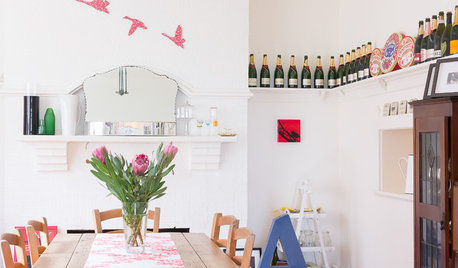
DECORATING GUIDESPersonal Spaces: Ideas for Making a Rental Your Own
Think creatively — and kiss your landlord if he or she allows you to paint those bare walls
Full Story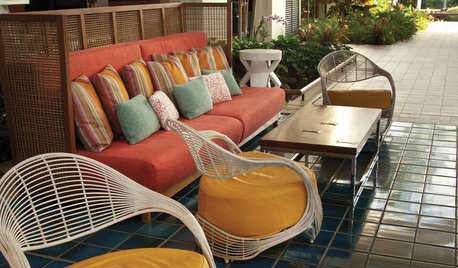
GARDENING AND LANDSCAPINGHow to Mix Furniture Styles on the Patio
Create a Cohesive Outdoor Room With a Few Color and Space Planning Tricks
Full Story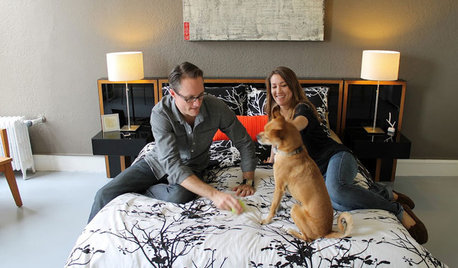
HOUZZ TOURSMy Houzz: Art Deco–Contemporary Mix in Los Angeles
A designer couple puts a contemporary spin on their historic art deco apartment with choice furniture and a modern color palette
Full Story





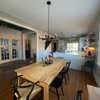

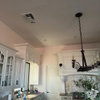
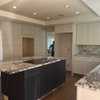
spanky_md